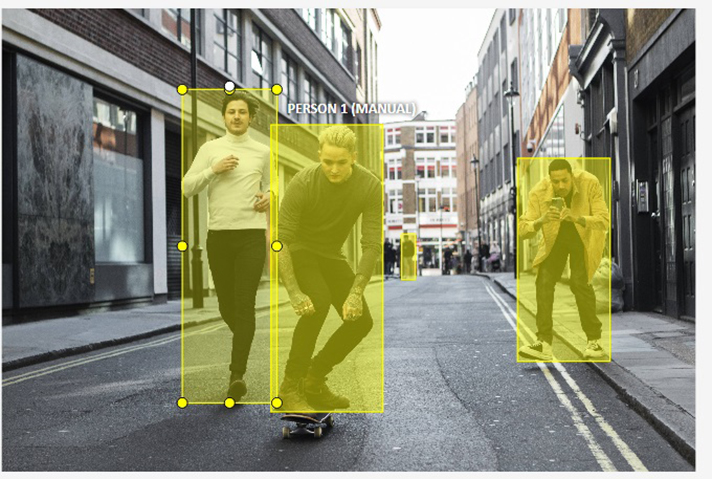The Growing Demand for High-Quality Image Annotation in AI
The Growing Demand for High-Quality Image Annotation in AI
Artificial Intelligence (AI) is rapidly transforming industries, from autonomous vehicles and healthcare to retail and security. One of the fundamental building blocks of AI, particularly in computer vision, is high-quality image annotation. As AI-driven applications become more sophisticated, the demand for precise, high-quality annotations is skyrocketing.

Why Image Annotation Matters
Image annotation is the process of labeling images to train machine learning models to recognize and interpret visual data. Whether it’s detecting objects in self-driving cars, diagnosing medical conditions through AI-assisted imaging, or enabling smart surveillance systems, well-annotated data is critical for AI’s accuracy and performance.
Key Drivers of Growing Demand
- Advancements in AI and Machine Learning
- AI models require vast amounts of labeled data to improve accuracy. The better the annotations, the better the model performs.
- Techniques like deep learning thrive on precisely annotated datasets, reducing errors and increasing efficiency.
- Expansion of AI Applications
- The rise of facial recognition, autonomous drones, and smart cities has amplified the need for more accurate visual data.
- Industries such as e-commerce and augmented reality depend on well-labeled images for enhancing user experiences.
- Increasing Use of Synthetic and Real-World Data
- AI developers use a mix of real-world and synthetic data for training. High-quality annotations ensure the models generalize well in diverse scenarios.
- Annotation for specialized datasets, such as satellite imagery or medical scans, requires expert-level precision, driving the need for skilled annotators.
Challenges in Image Annotation
Despite its importance, image annotation comes with several challenges:
- Labor-Intensive Process: High-quality annotation requires meticulous effort, increasing costs and turnaround time.
- Consistency & Accuracy: Maintaining uniform annotation standards across large datasets is difficult.
- Scalability: With AI adoption increasing, the demand for annotated datasets is growing exponentially, requiring efficient solutions.
Innovations and Solutions in Image Annotation
To meet the rising demand, companies are leveraging:
- AI-Assisted Annotation Tools: Machine learning models are now helping automate parts of the annotation process, reducing manual labor while improving efficiency.
- Crowdsourcing & Outsourcing: Businesses are turning to managed annotation services and outsourcing to skilled professionals, ensuring scalability and cost-effectiveness.
- Quality Control Mechanisms: Multi-level validation processes, automated quality checks, and human-in-the-loop verification are ensuring consistency and accuracy.
- Hybrid Annotation Models: A combination of AI automation and expert human review enhances annotation quality while reducing time and cost.
The Role of Outline Media Solutions in Data Annotation
Outline Media Solutions specializes in providing high-quality data annotation services to meet the growing needs of AI-driven industries. Our expertise extends across multiple domains, including precise image labeling, background removal, object detection, and semantic segmentation. Our team ensures that AI models receive accurate and reliable training data, essential for improving algorithm performance. By leveraging cutting-edge annotation tools, a skilled workforce, and rigorous quality control processes, Outline Media Solutions helps businesses scale their AI initiatives efficiently. Additionally, our flexible solutions cater to industries such as healthcare, automotive, retail, and security, ensuring that each dataset meets the highest industry standards for accuracy and consistency.
The Future of High-Quality Image Annotation
As AI continues to evolve, high-quality image annotation will remain a cornerstone of successful computer vision models. The growing reliance on AI across industries means that the need for precise, scalable, and efficient annotation solutions will only intensify. Future advancements may include:
- Increased Automation: AI-powered annotation tools will become more sophisticated, further reducing manual effort.
- Improved Annotation Standards: Industry-wide standards and best practices will emerge, ensuring consistency across datasets.
- Greater Collaboration: AI companies, data annotation providers, and regulatory bodies will work together to improve the quality and ethical use of annotated data.
Businesses and AI researchers must prioritize quality, efficiency, and innovation in annotation techniques to keep pace with the ever-growing demand. The future of AI depends on high-quality data, and image annotation will remain at the forefront of this revolution.


